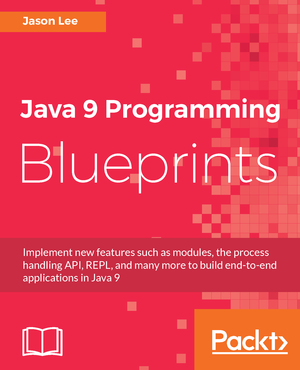25
Dec 2014
15
Oct 2014
3
Oct 2014
11
Aug 2014
25
Jun 2014
24
Jun 2014
9
Jun 2014
29
May 2014
1
May 2014
 My name is Jason Lee. I am a software developer living in the middle of Oklahoma. I’ve been a professional developer since 1997, using a variety of languages, including Java, Kotlin, C/C++, JavaScript, PHP, Python, Delphi, C#, and even a bit of COBOL and JCL. I currently work for IBM on the WildFly/EAP team, where, among other things, I maintain integrations for some MicroProfile specs, OpenTelemetry, Micrometer, Jakarta Faces, and Bean Validation. (Full resume
My name is Jason Lee. I am a software developer living in the middle of Oklahoma. I’ve been a professional developer since 1997, using a variety of languages, including Java, Kotlin, C/C++, JavaScript, PHP, Python, Delphi, C#, and even a bit of COBOL and JCL. I currently work for IBM on the WildFly/EAP team, where, among other things, I maintain integrations for some MicroProfile specs, OpenTelemetry, Micrometer, Jakarta Faces, and Bean Validation. (Full resume 
